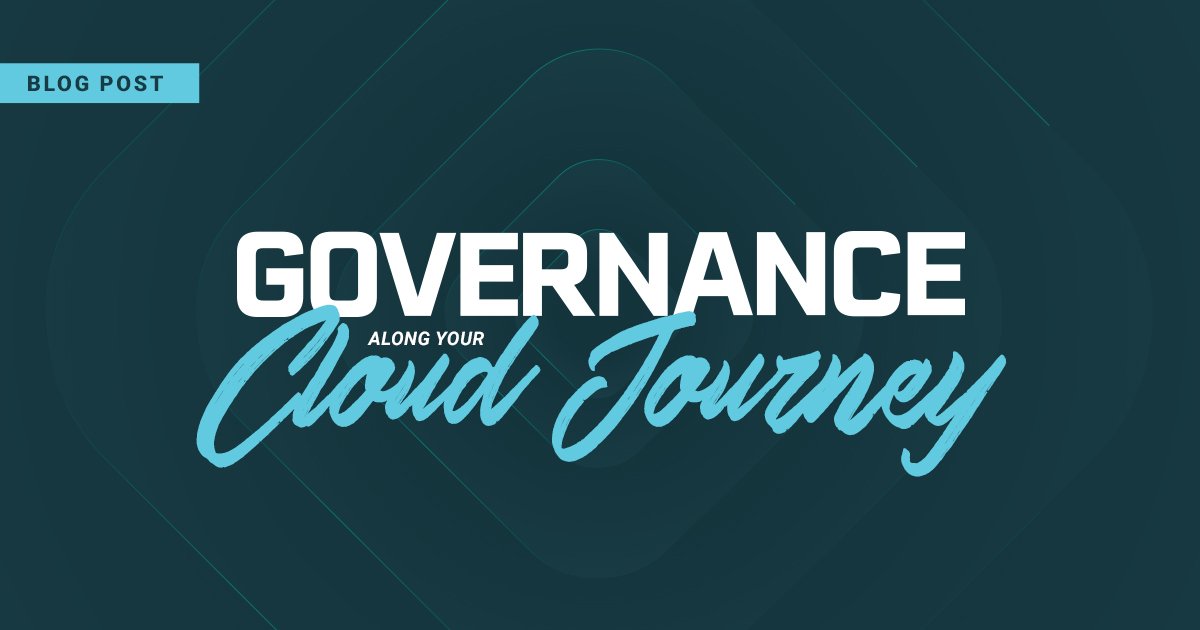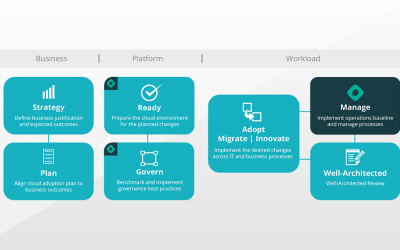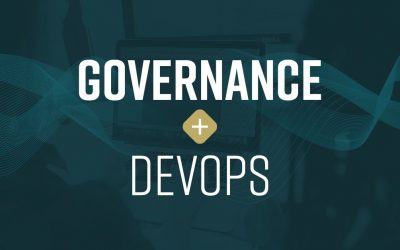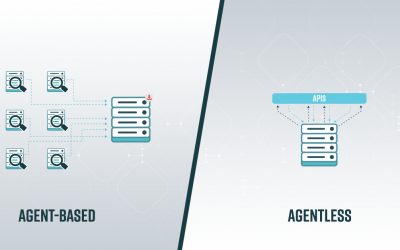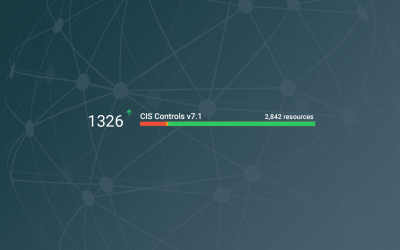Cloud governance is trending upwards and becoming more in vogue. We are definitely having deeper conversations on this topic. There is the realization that the cloud has a promise to provide real-time and higher level visibility. Companies are realizing that the old structure of “Gates” used in the data center is obsolete with the viscosity of a cloud deployment. The views need to be shifted to defining and monitoring governance processes that take advantage of guardrails that provides the ability to react quickly with information that is closer to business impact.
The questions we are beginning to get asked include building the right cloud governance process.
Customers are wondering:
- If they are asking the right questions
- Do they have the proper visibility?
- How do they get the right information to provide a cloud stand up meeting for a lean team while keeping tabs across multiple clouds?
In working with many customers, personally, moving to the cloud in the last 10 years, a pattern has emerged. Usually one application is created, or migrated from the datacenter. The application is stabilized and is run with not much notice for the first 6 months to a year. Then, as new applications migrated and come online, a hockey stick of usage occurs.
Cloud expenses start to be noticed due to the Opex nature of the billing. This puts the focus on what is running in the cloud and pause ensues. A run-time rationalization occurs as cloud patterns start to take hold on not needing to run a full infrastructure all the time. This leads to a slight decline in costs and a plateau occurs. Deeper meaning is needed of what business impact do the different resources support and how is security, auditing and governance occurring. New cloud support processes are seen to be needed versus the traditional ones that supported the legacy data center. Governance event-based visibility is key.
This is not saying that governance topics are not considered at the beginning of any cloud project a structure is defined for identity and access. This should be one of the first things looked at and defined/redefined as your organization matures with the cloud. I use it as an example that a myopic approach taking a single governance topic instead of examining the interconnectivity of how all resources and their attributes relate. This can also be seen in many of the cloud migration, costing container management tools in the market. They are a great asset if you are looking to manage the one or two items they do best.

At OpsCompass, we have built Helm at the control plan for the cloud. We can operate on infrastructure as code before it becomes code. This allows a robust governance process platform that can provide you the needed visibility and coordination of people in a made-to-measure governance environment. Microsoft and AWS have cloud adoption frameworks that support the need to develop a holistic approach for governance for enterprise-grade cloud. We have also developed a very similar framework for Helm implementation. Our Governance Scaffolding SafeStart will provide the necessary steps and categories to deploy a successful Helm deployment to serve as the process engine and control point for your governance strategy.
Go scale the cloud. Governance frameworks and tools need to be built to support the elastic infrastructure that is the nature and value of the cloud. By putting in an enterprise-grade governance strategy and a process engine it will provide less pain and faster growth to achieve your goals.
